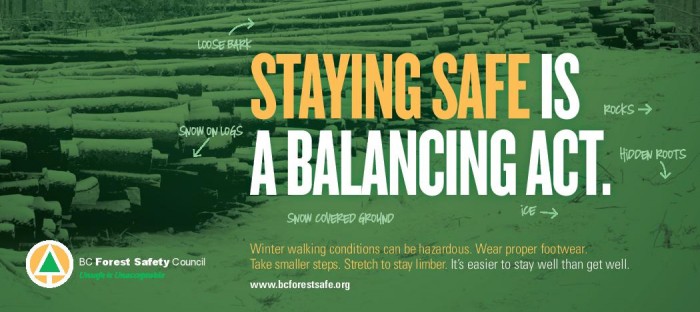Forest restoration is a term likely to get more use here in B.C. as we head into the uncertainties of life after the mountain pine beetle plague. It makes sense, given that whatever tactical opportunities we had to mitigate the extent of the attack are mostly over. We are now in what we might call a post-mountain pine beetle phase of forestry. It would seem provident then to think about putting things back in order.
Of course it’s not that simple. The term itself is problematic. To restore means to return to some previous state. Not only is that a doubtful possibility, there is good reason to not want to put things back where they were on the landscape previous to the plague. After all, some of those conditions contributed to the present catastrophe. Nevertheless, if we are going to use the word ‘restore’ the question becomes, ‘Restore to what’?
We need to look at the assumption that is driving the idea of restoring our forests; the beetles may have eaten themselves out of house and home. But does the collapse of their population signal the all clear when it comes to future disturbances and consequences of the plague? We already know the answer to that. It doesn’t. The plague has created opportunities for fire, floods, and other bugs and blight that we are just beginning to contend with. Ecologically speaking, things are far from over. And this is to say nothing about the social and economic effects.
There is another dimension to this as well. What if the beetle plague is actually a deeper, less obvious problem announcing itself? The remarkable damage we’ve seen may really be an effect, not a cause. If that is the case then, that cause may not be gone and will seek other ways to express itself on the landscape. If we are planning on restoring our forests, it will do us little good in the long run to be fixing the wrong problem.
Which brings us back to just what state we want to restore our forests to. There is a whiff of hubris here, of course, in the assumption that this is something we could actually do. The beetle plague is a stunning example of the kinds of forces that can let loose on the landscape; our success in managing that was minimal. Nevertheless, any forest restoration strategy needs to imagine a future landscape that is at least more resistant to the kinds of catastrophic disturbance we have just been through. And, although it is far from ideal, any forest restoration strategy will likely have to use the resources we have available today, which are minimal..
How we attempt to manage our provincial forests has always been dependent on public policy. At this point it is critical to see what vantage point our political and public planners occupy on forest restoration by asking them what they think restoring our forests means in policy and practice. We intend to do that at the WSCA conference in February 2013 in a panel which includes leading politicians on forestry and members of the senior echelons of the ministry responsible for forestry. From that discussion we should be able to infer the scale and depth of the thinking today on what might be meant by the concept of restoring forests for the future.

- Log in to post comments
